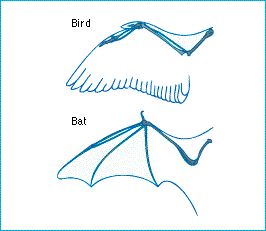The reconstruction of phylogeny - How do we analyze the characters used in phylogenetic inference?

How do we distinguish homoplasies from homologies?
There are criteria for distinguishing a homology from a homoplasy:
1. A homologous character must have the same fundamental structure. The wings of birds and bats, for example, are superficially similar; but they are constructed from different materials and supported by different limb digits they probably evolved independently, and not from a winged common ancestor.
2. Homologies must have the same relations to surrounding characters; homologous bones, for example, should be connected in a similar way with their surrounding bones.
3. Homologies must have the same embryonic development in different groups. A character that looks similar in the adult forms, but develops by a different series of stages, is unlikely to be homologous.
4. Convergence is caused by natural selection, when organisms in different evolutionary lineages face similar functional requirements (such as flying, in birds and bats). There are grounds for suspecting that a shared morphological form may be homoplasious, when the species that share it clearly need it for their way of life.
Once the homologies are identified, they can be allowed into the list of evidence used to infer the phylogeny.
Figure: the wings of birds and bats are homoplasies. They are structurally different: the bird wing is supported by digit number 2, the bat wing by digits 2 - 5. The bird wing is also covered with feathers, the bat's with skin.
| Next |



